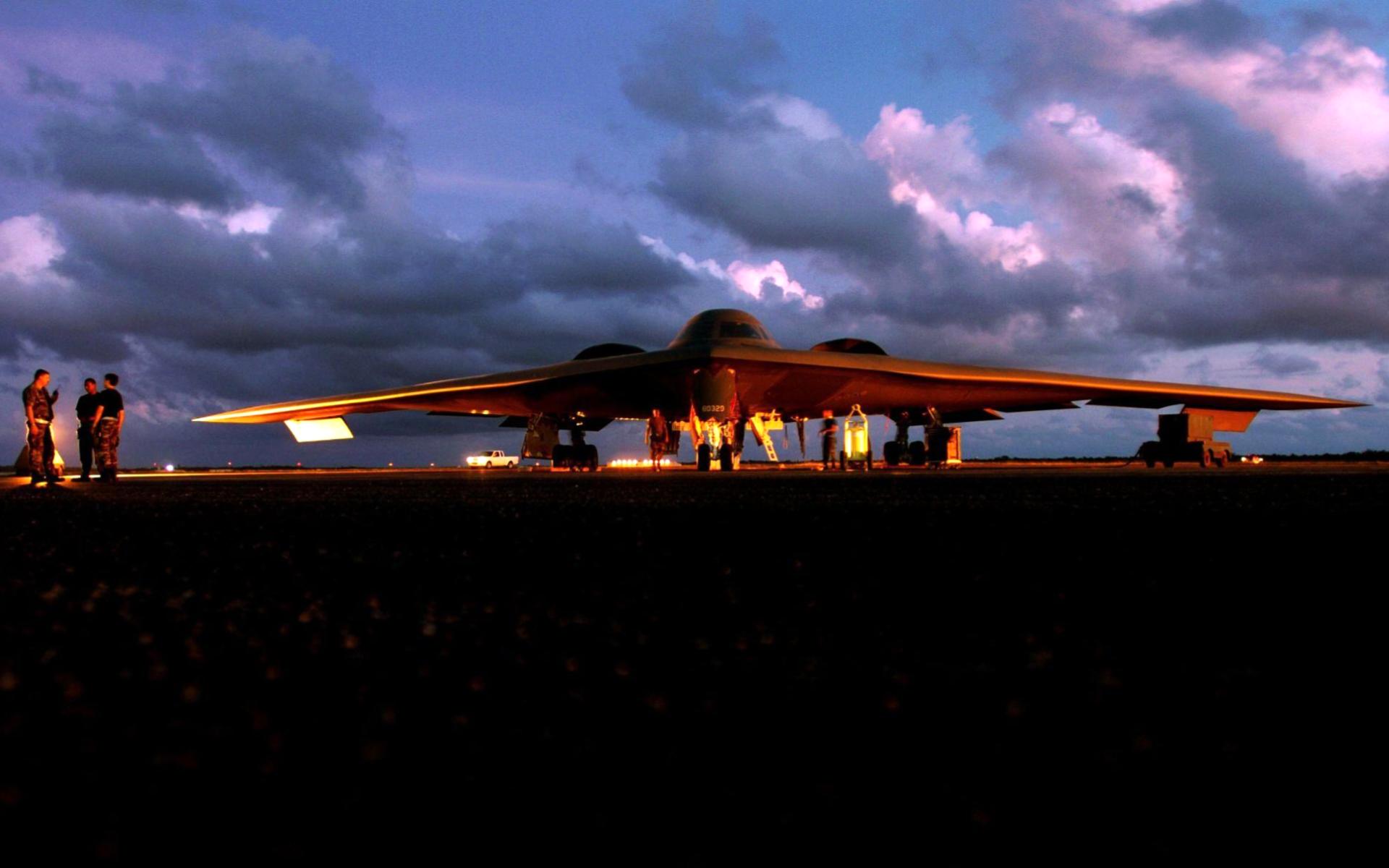Frequency Standards in MIL-STD-704. This paper provides a comprehensive exploration of frequency standards as outlined in MIL-STD-704. By delving into the importance of frequency stability and its impact on power systems, this paper sheds light on the critical role that adhering to frequency standards plays in maintaining reliable and efficient operations.
Introduction: Frequency stability is a fundamental aspect of power system reliability, ensuring synchronized and consistent operations of various onboard equipment. MIL-STD-704, established by the United States Department of Defense, meticulously defines frequency standards for power systems in military aircraft. This white paper delves into the intricacies of MIL-STD-704 frequency standards, highlighting their significance, impact, and the imperative of maintaining frequency stability.
Frequency Standards and Power System Synchronization: MIL-STD-704 specifies frequency standards to achieve synchronization within power systems:
- Nominal Frequency: The standard prescribes a nominal frequency, usually 400 Hz or 360 Hz, around which power systems must operate to ensure consistent synchronization across aircraft systems.
- Frequency Tolerance: MIL-STD-704 outlines acceptable frequency tolerances to prevent system instability. Deviations from the nominal frequency must be within defined limits to maintain compatibility with various onboard equipment.
Impact of Frequency Stability on Power Systems: Frequency stability has a profound impact on the performance and reliability of power systems:
- Synchronization: Maintaining frequency stability ensures that various systems and components within the aircraft operate in harmony, preventing disruptions or conflicts.
- Communication: Frequency stability facilitates communication and coordination between avionics, navigation, and other critical systems that rely on synchronized timing.
- Energy Transfer: Frequency stability is crucial for efficient energy transfer between components, preventing power losses and promoting system efficiency.
- Preventing Damage: Unstable frequencies can lead to overheating, excessive wear, or even damage to equipment, potentially causing malfunctions or failures.
Importance of Frequency Stability: Frequency stability is critical for several reasons:
- Safety: Stable frequency levels prevent potential hazards arising from equipment malfunctions or conflicts, contributing to passenger and crew safety.
- Mission Success: Reliable frequency synchronization supports mission success by ensuring the proper functioning of critical systems, navigation, and communication.
- Efficiency: Frequency stability enhances power system efficiency, minimizing energy losses and promoting optimal utilization of resources.
Maintaining Frequency Stability: Techniques and Considerations: Several techniques are employed to maintain frequency stability in accordance with MIL-STD-704:
- Frequency Regulation Circuits: Utilize frequency regulation circuits that adjust power output to maintain the desired frequency, compensating for variations in input or load.
- Oversight and Monitoring: Implement real-time frequency monitoring systems that detect deviations from the nominal frequency and trigger corrective actions.
- Synchronization Protocols: Incorporate synchronization protocols that ensure consistent frequency among various systems, promoting seamless communication and cooperation.
Best Practices for Ensuring Frequency Standards Compliance: To ensure compliance with frequency standards outlined in MIL-STD-704, consider the following best practices:
- Precise Equipment Calibration: Calibrate power system equipment to ensure accurate frequency output and adherence to the prescribed standards.
- Thorough Testing: Conduct comprehensive testing to validate that power systems maintain the required frequency stability under various operational scenarios.
- Regular Maintenance: Establish routine maintenance schedules to identify and address potential deviations from frequency standards before they affect system performance.
Conclusion: MIL-STD-704 frequency standards are pivotal to the reliability, safety, and efficiency of power systems in aerospace applications. By understanding the importance of frequency stability, adhering to standards, and employing effective techniques, aerospace professionals can ensure synchronized operations, enhance system reliability, and contribute to the overall success and safety of military missions.
References:
- United States Department of Defense. (2012). MIL-STD-704H: Aircraft Electric Power Characteristics. Washington, DC.
- SAE International. (2007). ARP5015: Design and Installation of Aircraft Electrical Power Systems. Warrendale, PA.
- NASA Technical Standards Program. (2016). NASA-STD-4005: Standard for Aircraft Electric Power Systems. Washington, DC.
- Rodriguez, M. A., & Doulgeris, G. (2018). Aircraft Electrical Power Systems: Analysis, Modelling, and Control. CRC Press.
- Dempsey, A. (2015). Power Integrity: Measuring, Optimizing, and Troubleshooting Power-Related Parameters in Electronics Systems. McGraw-Hill Education.
- Kim, D. H., & Liang, Z. (2016). Improved Model for MIL-STD-704F Requirements of Aircraft Power Distribution Systems. IEEE Transactions on Aerospace and Electronic Systems, 52(1), 349-359.
- Wang, Y., Du, H., & Du, Z. (2017). Research on Transient Voltage Dips in Aircraft Electrical Power System. In 2017 IEEE 5th International Conference on Electric Power Equipment Switching Technology (EPEST), 1001-1005.
- Popescu, D. C., & Mecklenbräuker, C. F. (2013). Power Quality Enhancement of Aircraft Electrical Systems Using Hybrid Active Power Filters. IEEE Transactions on Industrial Electronics, 60(5), 1824-1833.
- Johnson, R. C., Johnson, K. E., & Guan, R. (2017). A Survey of Aircraft Electric Power Systems and Modeling Approaches. IEEE Transactions on Transportation Electrification, 3(2), 411-423.
- Green, J. L., & Bucher, C. A. (2017). A Survey of Electric Power Generation in Aircraft. SAE International Journal of Aerospace, 10(2), 187-196.





